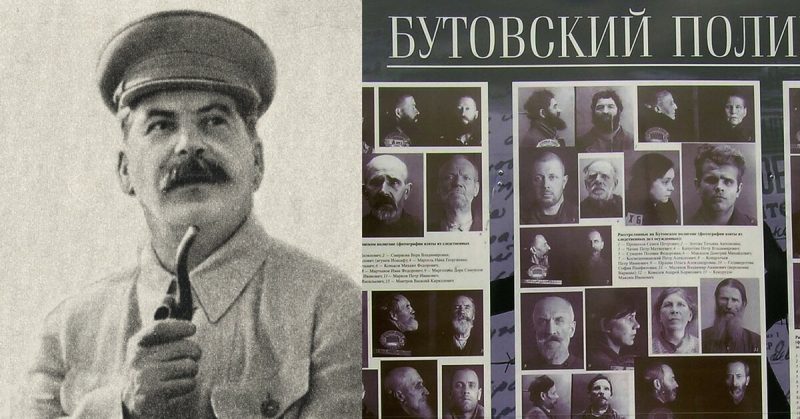The Great Purge, also known as the Great Terror, was Stalin’s way of dealing with political opposition. Brutal and without mercy, he instigated the greatest political repression campaign in the history of the Soviet Union. The Great Purge officially lasted from 1936 to 1938, but its aftereffects included such actions as the mass murders of political prisoners by the Soviet secret political police, the NKVD, in 1941.
Since Stalin’s position in power was questioned by his former colleagues from the Party, most notably Leon Trotsky and Nikolai Bukharin, he decided to use the opportunity to get rid of the two dissidents, including all of the original Bolsheviks that participated in the Revolution of 1917.
Many others perished along the way. The purge came as a reaction to dissatisfied Communist Party members who saw Stalin as an undemocratic bureaucrat with an appetite for corruption, but it also served to cause fear among the population and break the will of anyone who posed a potential threat to Stalin’s leadership.
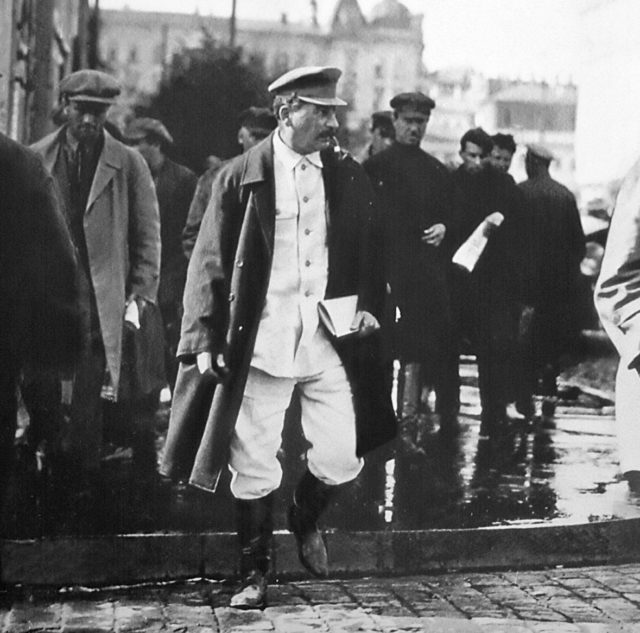
Stalin’s idea of wiping the slate clean after the revolution and a bloody civil war that followed led to death hundreds of thousands, for once the purge was initiated on a party level, there was no stopping it from spilling into the rest of the country. The paranoid power hungry dictator often used false accusations, forged documents, and extorted confessions in order to achieve ultimate rule. Most of the greatest minds of the Soviet Union perished in front of NKVD firing squads and under the inhumane conditions of working camps.
This is what you need to know about the infamous Great Purge.
10. The Numbers
An estimated death toll was hard to determine, for in those times people simply disappeared and the NKVD covered their tracks well. The official number stands 1,548,366 detained persons, of whom 681,692 were shot – an average of 1,000 executions a day. Various historians claim that the real number of victims could be twice as much.
9. The Targets
Stalin often used terms such as “saboteurs”, “subversives”, “fifth column”, “enemy of the people”, “reactionary” and “counter-revolutionary”. All these words were enough to land a person in jail or get them killed. The terms practically meant one thing: a wolf in sheep clothing. Stalin initiated this large-scale paranoia in which everyone represented a potential suspect (except him, of course). First, they came for the old Bolsheviks. Then it was time for the government officials and military officers.
Meanwhile, the NKVD had its eyes on the rich peasants, academics, artists, and scientists. The purge was also directed against national minorities, most often Poles who lived in USSR. Also, foreigners were often targeted, which included a number of Americans who came to the Soviet Union during the Great Depression to find work and many international communists.
8. The Moscow Trials
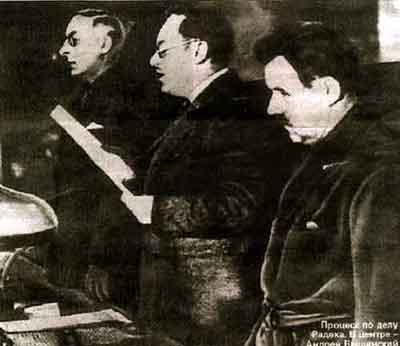
The Moscow Trials were a series of large-scale legal prosecutions that lasted throughout the Purge. The trials caught the attention of international press and the whole world stood amazed listening to former die-hard communists confessing that they were, in fact, traitors and spies.
It was more than obvious that the defendants were forced to confess under torture or threats to their family members. Three trials were held, and all three confirmed Stalin’s position as the one and only leader of the Soviet Union.
7. Bukharin
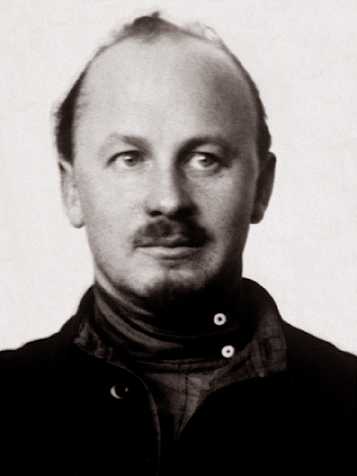
Nikolai Bukharin was an eminent Marxist theoretician before the Revolution and one of its architects. He represented the right wing of the Bolshevik Party as he advocated an alliance between revolutionaries and the rich peasants/land owners. Being one of the loudest opponents of Stalin, his fate was sealed during the third (and last) Moscow Trial in March 1938. Bukharin treated the trial as a mockery and easily outwitted his prosecutors.
Nevertheless, he was sentenced to death for he allegedly sought to assassinate Lenin and Stalin, murder Maxim Gorky by poison, partition the Soviet Union, and hand out its territories to Germany, Japan, and Great Britain. His wife, Anna Larina was sent to a labor camp but managed to survive the sentence.
6. The introduction of the NKVD Troika
While the Moscow Trial’s were conducted in courtrooms, the secret police utilized a much quicker and brutal method, by employing three-member committees that were responsible for extrajudicial killings of everyone that was accused of being an anti-Soviet element. The accused were trialed and found guilty on sight. Then they would be executed. Of course, these “trials” were a mere formality.
5. Yezhov
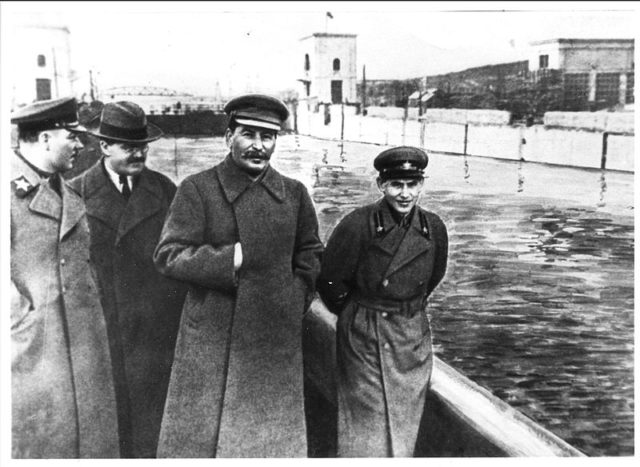
Nikolai Yezhov was the man whose name became synonymous with the Purge. Yezhovchina (the Yezhov phenomenon, the Yezhov’s doing) was the most intense period of the Great Purge and it lasted from 1937 to 1938. At the time Yezhov was the head of NKVD. He was only five feet tall, which led to the nicknames The Poison Dwarf or The Bloody Dwarf.
Yezhov’s predecessor, Genrikh Yagoda, was trialed together with Nikolai Bukharin and sentenced to death. This action showed that Stalin didn’t target only the ones who opposed him, but for various reasons, decided to exterminate his associates as well. Similar was the faith of Nikolai Yezhov, who was executed in 1940, after confessing a number of accusations of anti-Soviet activity.
4. The “Kulaks”
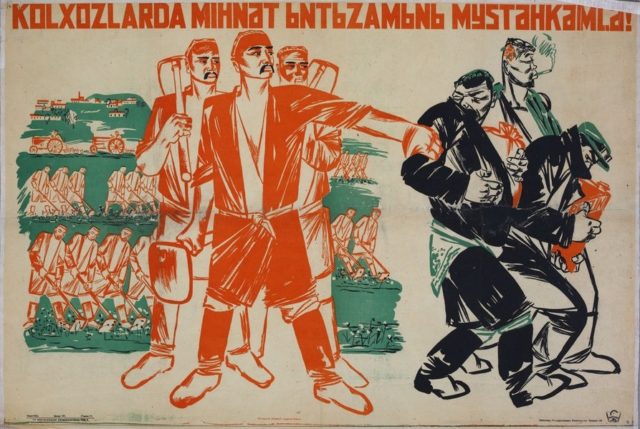
One of the events that led to Stalin’s loss in popularity was his five-year-plan that involved collectivization of peasants and their land into collective farms. The farms, known as kolkhoz, functioned as communes of peasants. The collective farms were planned to reorganize the production of food and raw materials, but due to high government production quotas, peasants received, as a rule, less for their labor than they did before collectivization, and some refused to work.
The term “kulak” refers to a wealthy peasant or a landowner in Tsarist Russia. Since there were no wealthy peasants in the Soviet Union after the Revolution, the term was revived against the ones who refused the collectivization. Many of them faced labor camps and execution.
3. The purge within the Red Army
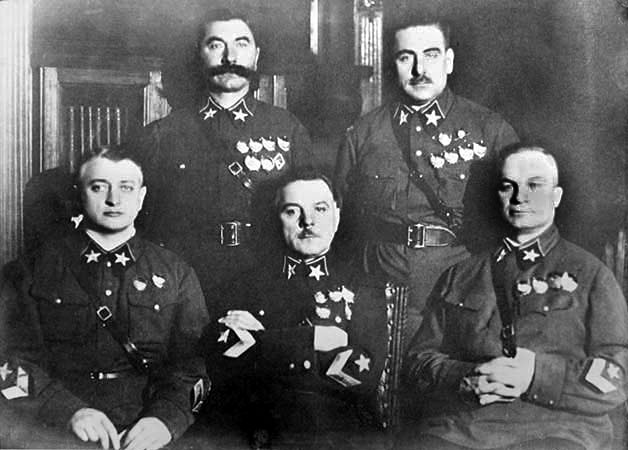
The purge of the Red Army and Military Maritime Fleet removed three of the five marshals (then equivalent to five-star generals), 13 of 15 army commanders (then equivalent to three- and four-star generals), eight of nine admirals (the purge fell heavily on the Navy, who were suspected of exploiting their opportunities for foreign contacts), 50 of 57 army corps commanders, 154 out of 186 division commanders, 16 of 16 army commissars, and 25 of 28 army corps commissars.
One of the most controversial verdicts within the purge was one concerning Mikhail Tukhachevsky, who was the hero of the civil war. At first, it was thought that between 25 % and 50 % of the Red Army officer corps was purged. Recent evaluations suggest that the real number was between 3.7 % and 7.7% The purge of the officers was far lighter in comparison to others, as many of them were merely stripped of their duties and expelled from the Party. Thirty percent of the officers that were expelled were allowed to return to their duties during WWII.
2. The purge of the Intelligentsia
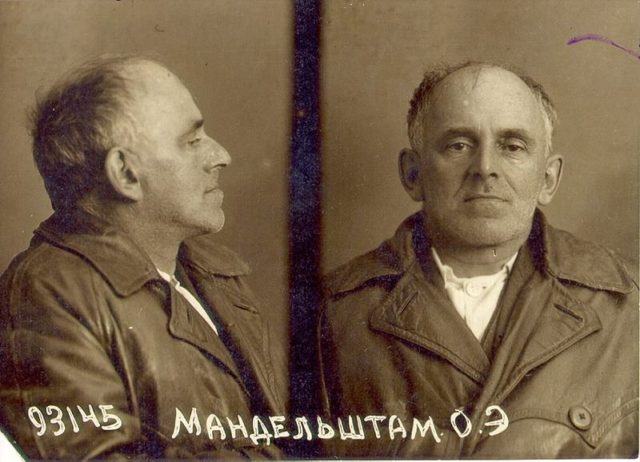
As the purge took on all walks of life, the so-called Intelligentsia (intellectuals of all sorts) was affected by it too. Being an artist under Stalin was a dangerous line of work since any form of criticism of the Big Brother was prohibited.
During the 1920s and 1930s, some 2,000 writers, intellectuals, and artists were imprisoned and 1,500 died in prisons and concentration camps.
1. The Murder of Trotsky
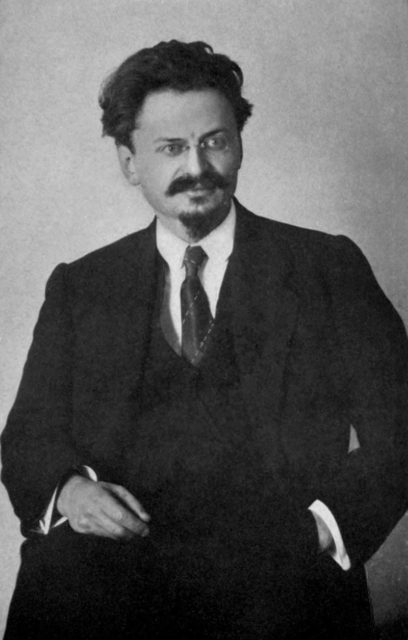
Leon Trotsky was expelled from the party in 1929 and was exiled from the Soviet Union. After wandering around the world and gathering support against Stalin, he ended up in Mexico. At the Moscow Trials Trotsky was sentenced to death in absentia.
While in exile, he enjoyed significant support, mostly among the American communists. After several assassination attempts, Trotsky was murdered in August 1940, by a Comintern agent of Spanish ethnicity called Ramon Mercader. The murder was committed with an ice pick with which Mercader had hit Trotsky in the head.
Even though the Great Purge ended in 1938, it was not until Leon Trotsky was dead that Stalin felt a firm grip of power in his hands.
